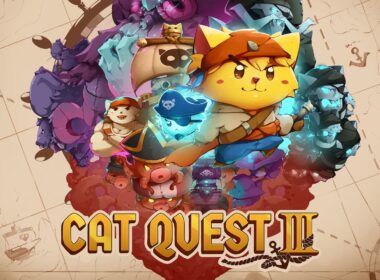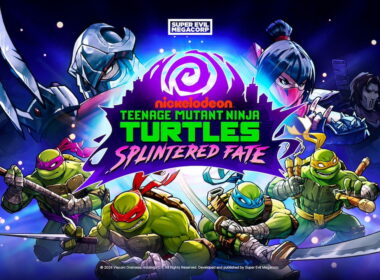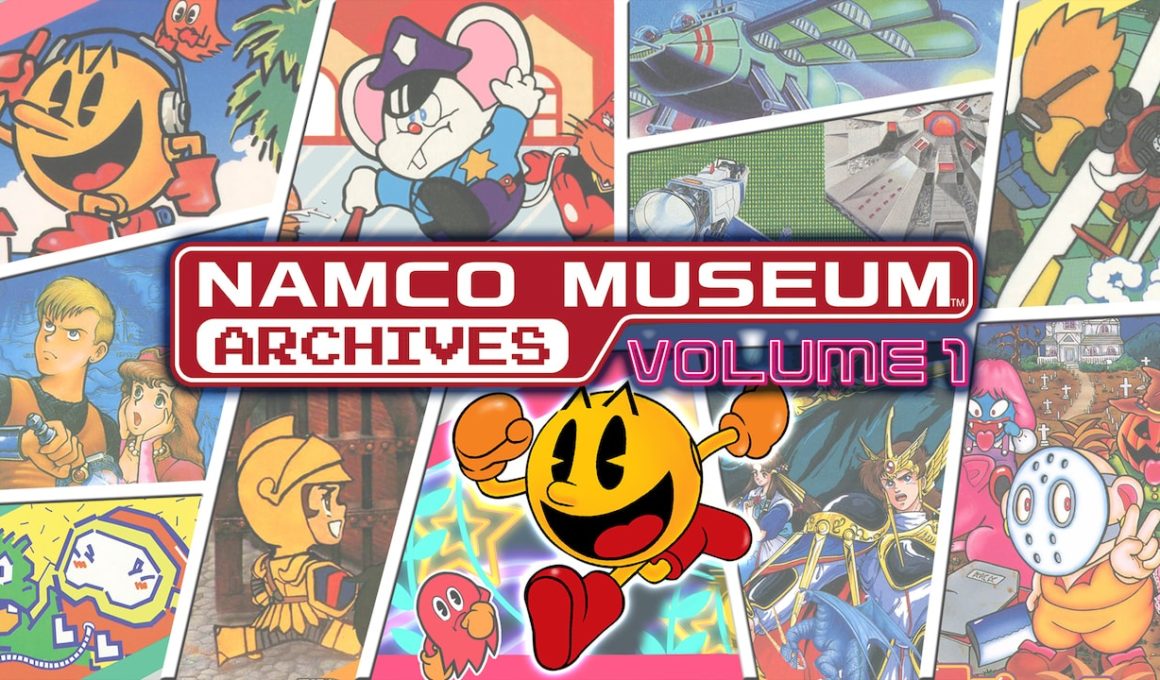Way back in the late 70s, a rather mediocre console port of Space Invaders became a smash hit sensation on the Atari 2600. The success would quickly open up the doors to a slew of coin-op-on-the-couch experiences that would have developers drooling at its lucrative potential. Unfortunately, this included a famously abysmal port of PAC-MAN for the system. a game that not only became the Atari 2600 biggest-selling title but one that would also heavily play its part in the infamous video game crash of 1983.
The rest, as we know it, is history. However, if you are on the ball with your Nintendo trivia you will be well aware of the impact the NES had in the years that followed. Yet, despite its huge influence and vast graphical and quality improvements over home systems that came before it, gamers would still have to wait a long time until home gaming could rival the powerhouse capabilities of arcade perfection.
Skip a few decades forwards and games of old can be collected as close to perfectly emulated packages and within a portable gaming device no less. While it’s always a good feeling to have a library of faithful arcade ports at hand to fire up, sometimes it’s the less superior versions we grew up with at home that can tend to sit closer to our hearts.
Not to be mistaken for the compilation of arcade ports in Namco Museum, the Namco Museum Archives Collection is split into two separate volumes packed with 11 titles each. Both volumes mainly focus on Famicom versions of Namco’s arcade golden oldies under their old Japanese console pseudonym, Namcot. However, you would be forgiven in not knowing any of this by how both collections and the promotional material that surrounds them manages to simply tiptoe around the fact, quite possibly due to the collection’s multi-platform availability.
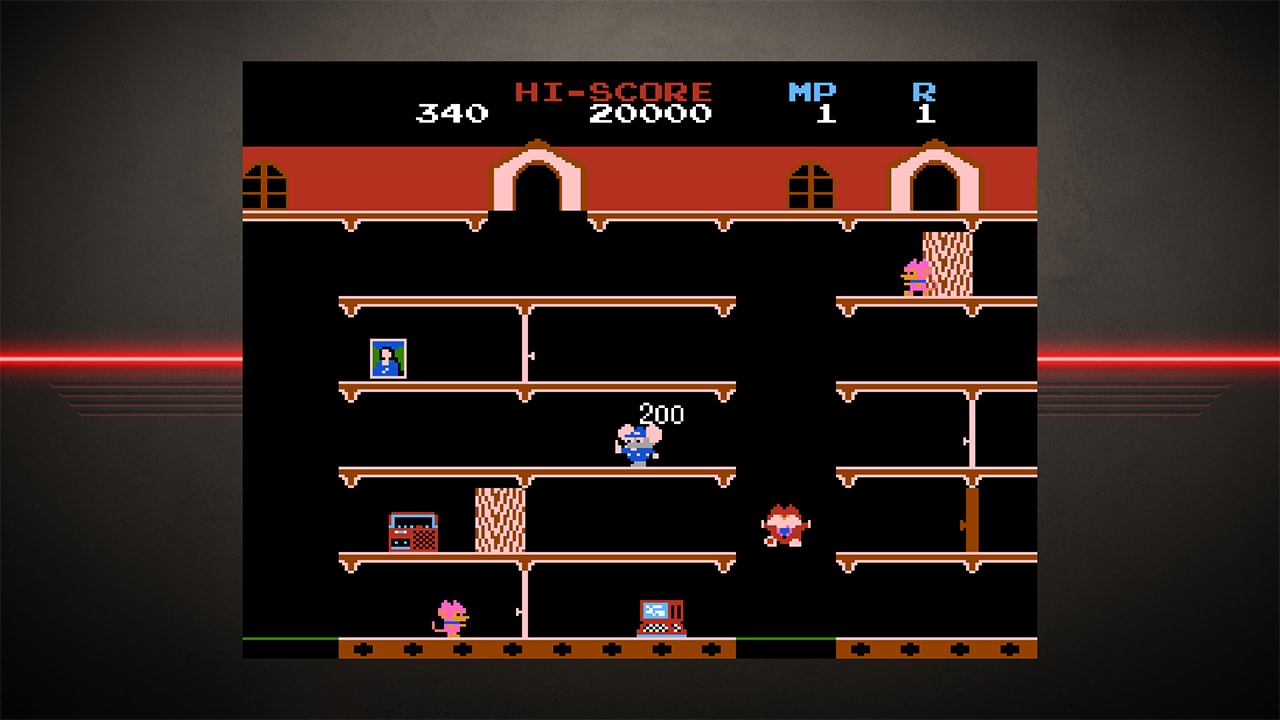
Before we ‘Dig Dug’ into the games included in Namco Museum Archives Volume 1, it’s worth concentrating mainly on the features – or lack thereof – that are pretty much identical across both collections. Both volumes are incredibly barebones and besides an excellent menu tune, the package as a whole is rather bland in presentation. There are no extra features, no game manuals, no tidbits of trivia and most concerningly, no online leaderboards. The only way to save high scores locally across 10 of the titles is to awkwardly attach them to one of four save slots that are available for each game.
The earlier released Namco Museum was also sparse on extra content, especially when it came to educating the player of the company’s famous history. However, it did, at least, have many of the basics covered such as nice panel artwork to border the screen with, and a little added HD Rumble for good measure. The only worthwhile feature to have come out of Namco Museum Archives is a decent anti-aliasing effect that can be mixed with scanlines to give them that old school look. I’m sure many people care very little about that sort of thing, but I’m old and I love it.
The usual suspects, PAC-MAN, Dig Dug and Galaxian – Namco’s initial answer to space invaders – are grouped together like the popular kids at school. The PAC-MAN port happens to be the 1984 Famicom version, which, believe it or not, didn’t officially make it to the NES until 1993 – nearly a whole decade later! All three games are more than passable ports of their coin-op counterparts, two of which were developed with the common home comforts of a 4:3 aspect ratio in mind – as opposed to the vertical 3:4 screen layout that they were originally designed for.
The first of two dungeon crawlers in the pack is 1987’s Dragon Buster, a game where according to the short menu blurb you must “bust a dragon for the woman you love.” Dragon Buster is a side-scrolling clunky pre-Dark Souls survival mode boss battler if you like, and is believed to be the first game to implement a double-jump.
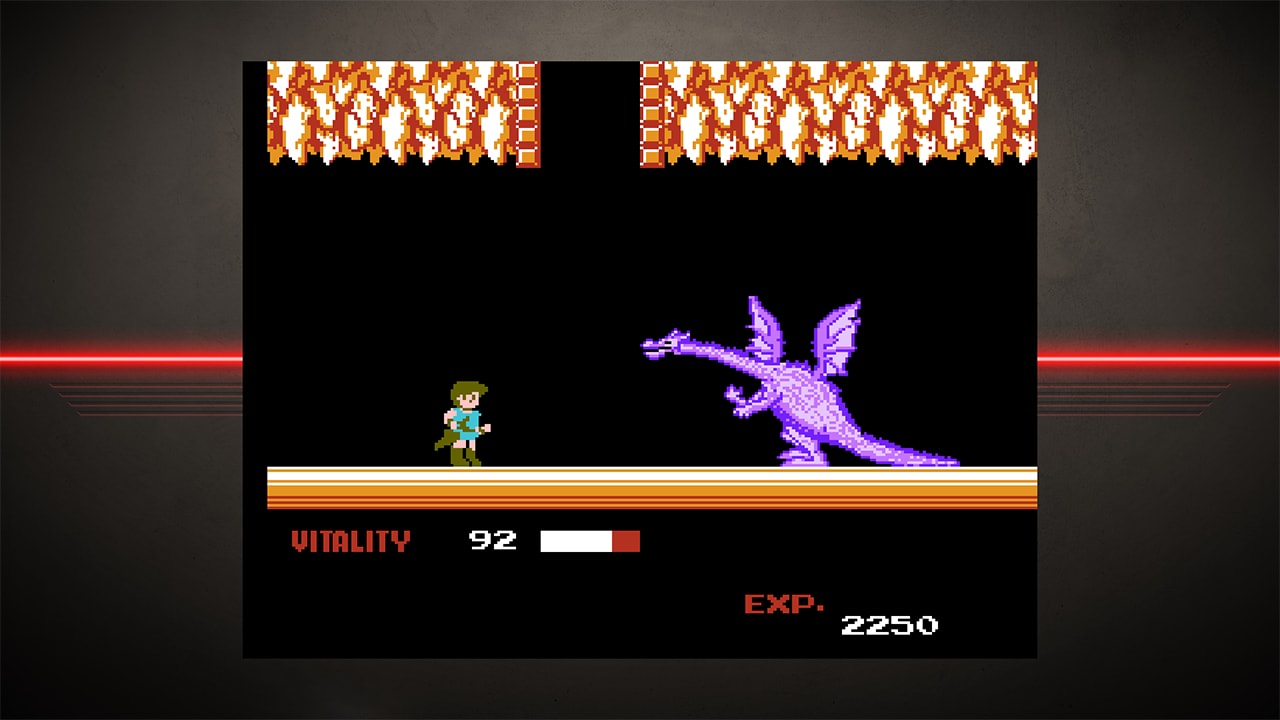
The other dungeon crawler goes by the name Tower of Druaga. Once loved in the east and loathed in the west, this top-down adventure has the player slowly plodding around mazes looking for a way out into the next one. The arcade version found in Namco Museum had a helpful guide to aid the player in finding items that could oftentimes be quite obscure to obtain. This version, of course, has nothing of the kind.
The shoot ’em ups in the pack include Xevious, one of the very first vertical shooters ever made, Sky Kid, a very basic horizontal shooter to where the player must collect a bomb to destroy a base, and my favourite discovery of the collection Dragon Spirit: The New Legend – a vertical shooter with the shoot and bomb mechanics similarly found in Xevious. Unfortunately, Dragon Spirit: A New Legend never made it to the west, which is a shame as I could have really seen myself playing this one for hours as a kid. What is cool is how the prologue determines the difficulty of the game depending on whether or not the player survives it or not.
The two more platformer-like titles in Namco Museum Archives Volume 1 go by the way of the classic cat and mouse Famicom port Mappy and, for the first time legally ever outside of Japan, Splatterhouse: Wanpaku Graffiti. Mappy is cut from a similar cloth to single-screen platforming adventures like Bombjack, Donkey Kong and BurgerTime. However, what made Mappy more special was that the screen would scroll left and right across a bigger playing field. It’s a classic in its own right as you play a police officer mouse trying to reclaim stolen goods from uncooperative cats by jumping on trampolines and using doors as a defence tactic.
Splatterhouse: Wanpaku Graffiti is a charming little number and another on the list that really should have made it across to our shores back in the day. It’s a platformer that fits the NES perfectly and would have sat just as well as a Game Boy port. The gameplay is a far stretch apart from the violent and repetitive antics seen in the original Splatterhouse and happens to have aged much better than its more famous predecessor too.
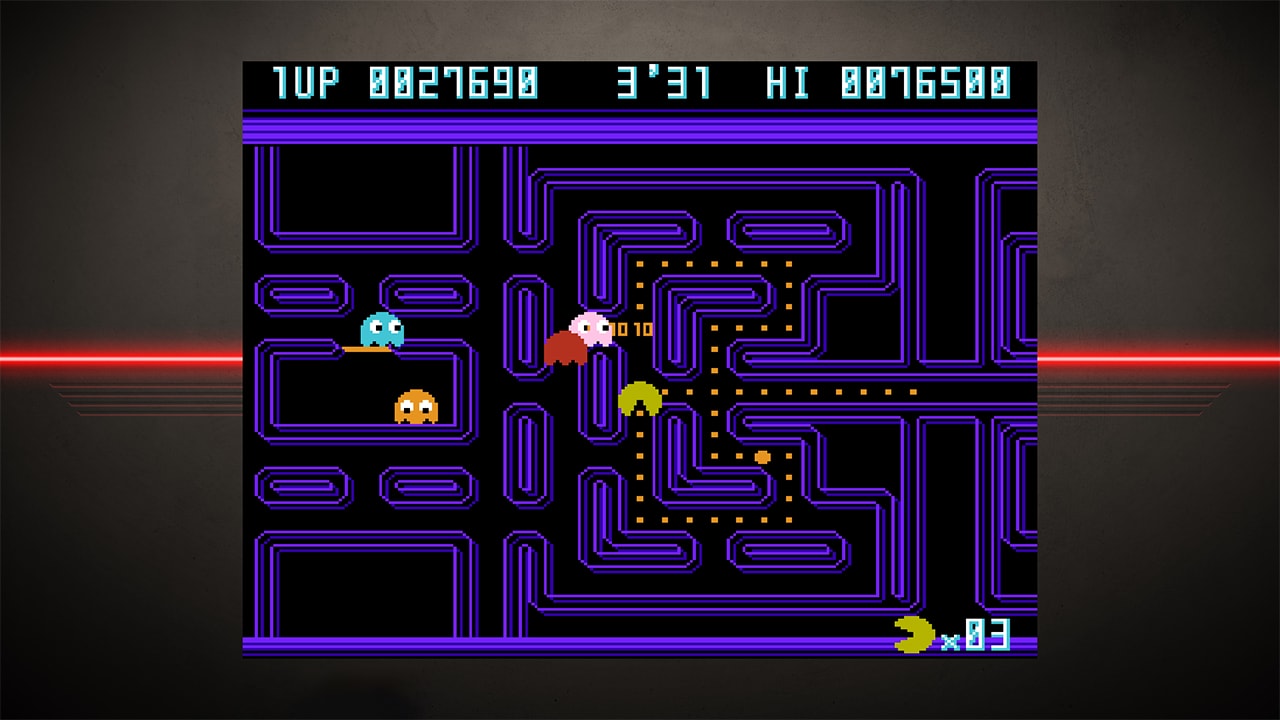
The final game in the package is easily the headliner amongst both Namco Museum Archives collections. Make way for an 8-bit demake of PAC-MAN Championship Edition. Based on the classic Xbox Arcade original, this score-chasing frenzy kicks PAC-MAN into fifth gear. You have a time limit to stay alive and consume as much as you possibly can. Eating a field of dots spawns food and items. The food then turns into another path of dots on the other side of the screen. What makes this version a little different besides its old-school visuals is how the map now scrolls along with PAC-MAN and often changes up the map layout as old Pacca’s squeeze through the paths on each side. It’s so incredibly fun and addictive, it pretty much spoils it for everyone else on the list.
With the exception of the PAC-MAN: Championship Edition demake, Namco Museum Archives Volume 1 is really only ever going to appeal to old fogeys similar to myself who want to latch on to the past and stuff them into a Nintendo Switch. Sure, many of the games don’t hold up well, but that doesn’t mean that they shouldn’t be celebrated. It’s just a pity that Namco can’t seem to be that bothered. While M2 does a fantastic job as always in actually handling the emulation process, the disappointing lack of extra features leaves a lot to be desired.
Version Tested: Nintendo Switch
Review copy provided by Bandai Namco Entertainment



